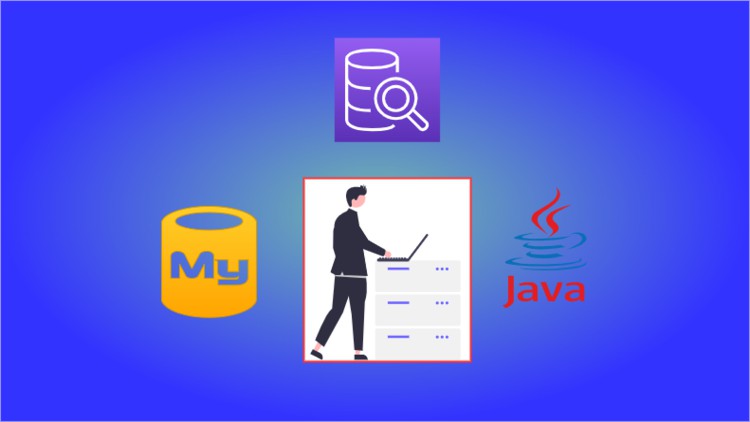Learn about SQL and Java JDBC with Practical Code Examples
Learn about SQL and Java JDBC with Practical Code Examples
Practical Beginners Guide to Database, SQL and Java JDBC Programming using Real World Use Case
FREE For Limited Enrolls
In this course, you will learn about Databases, Tables, Schema, SQL, and JDBC. You will learn to connect and execute database queries from Java Code.
You will learn how to establish a connection from Java code to the database and perform different operations like Select, Insert, Update, and Delete.
You will also get the complete source code.
Databases are essential tools for storing and organizing large amounts of data, and they have become increasingly important as the amount of data that organizations collect continues to grow. A database is a collection of data that is organized in a way that makes it easy to access, manage, and update. Some common types of databases include relational databases, NoSQL databases, and graph databases.
One of the most popular languages for working with databases is SQL, which stands for Structured Query Language. SQL is a programming language that allows users to manipulate and query data stored in a database. It can be used to create tables, insert data into tables, update data in tables, and retrieve data from tables. SQL is a declarative language, which means that users specify what they want to do with the data, and the database management system (DBMS) figures out how to do it.
JDBC, which stands for Java Database Connectivity, is a Java API for connecting to databases and executing SQL statements. JDBC provides a standard interface for Java programs to interact with databases, making it easier for developers to work with different types of databases. With JDBC, developers can create database connections, execute SQL statements, and retrieve results from queries.
Together, SQL and JDBC are powerful tools for working with databases. SQL allows users to manipulate data stored in a database, while JDBC provides a standardized way for Java programs to connect to and interact with databases. This combination of tools has become a cornerstone of modern data-driven applications, enabling organizations to collect, store, and analyze vast amounts of data to gain insights and make better decisions.

Comments
Post a Comment